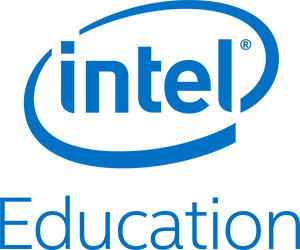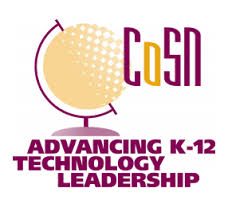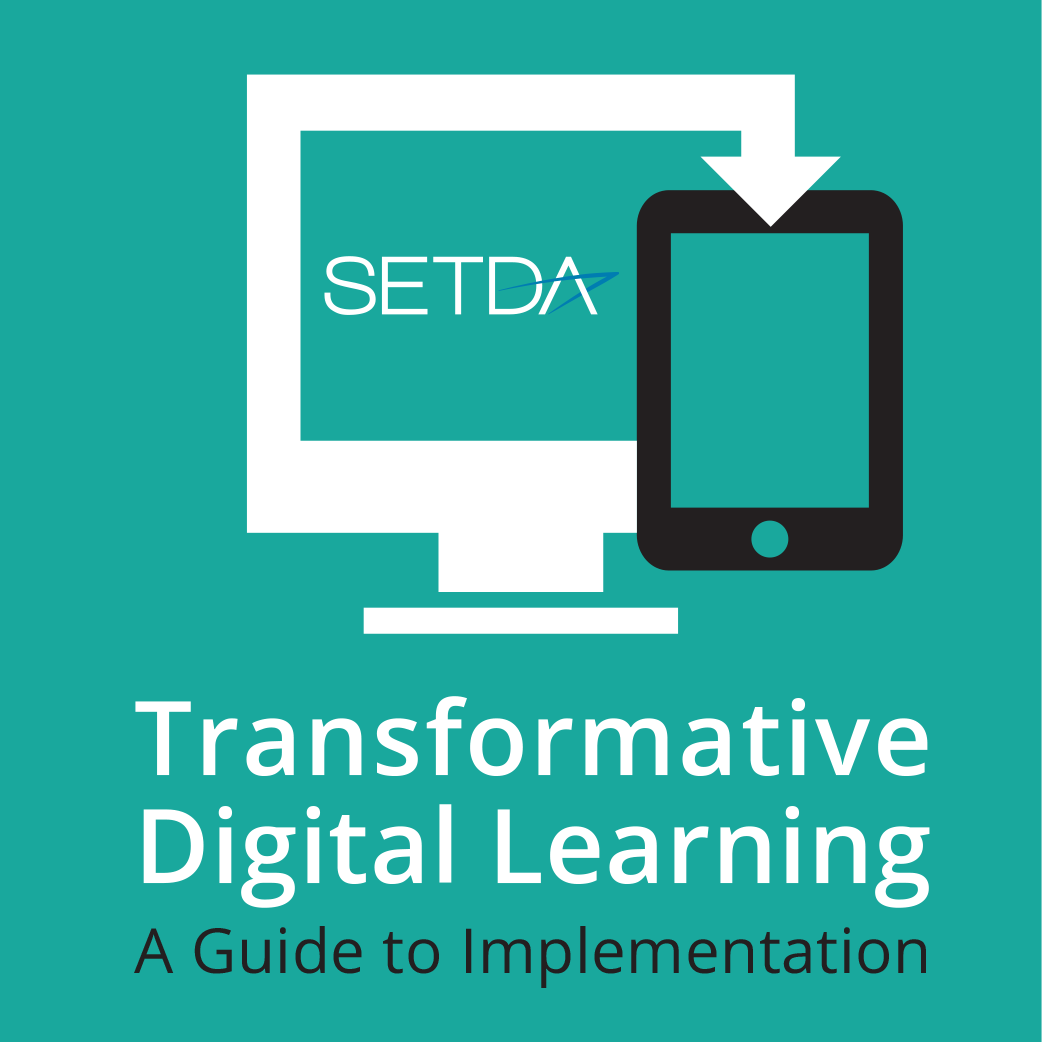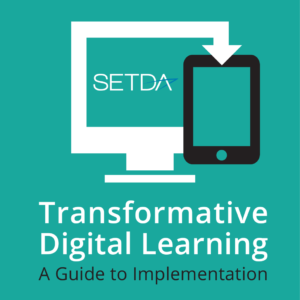


Intel’s Planning for Success: The Keys to Effective Technology Initiatives, K-12 Blueprint
This resource provides materials and toolkits for implementing technology, including toolkits for 1 to 1 and BYOD. It also has a section on devices.Digital School Districts Survey Identifies Innovative Uses of Technology
The 2014 Digital School Districts Survey by the Center for Digital Education (CDE) and the National School Boards Association (NSBA) recognized school districts for their expanding use of innovative technologies district-wide as well as in the classroom. The survey showcases exemplary school boards’ and districts’ use of technology to govern the district, communicate with students, parents and the community, and improve district operations.Technology, Coaching, and Community
This report provides an overview of the value of implementing technology coaches, examples of how and why technology coaches are working and sample case studies.
Common Sense Media E-rate Toolkit
The toolkit provides free tools to help meet the educational requirements outlined in the Children’s internet Protection Act and contains a selection of engaging, practical, and effective lessons from their K-12 Digital Literacy and Citizenship curriculum.
Rethinking Acceptable Use Policies to Enable Digital Learning: A Guide for School Districts
This paper provides an overview of how and why schools develop and maintain current acceptable use policies.1-to-1 Essentials – Acceptable Use Policies
This website provides an overview of acceptable use policies, shares guidelines on how to write an effective policy and varied examples of policies.Communication
Communication
Rollout can significantly impact the success of a program. Critical to any rollout is clear communication to all stakeholders including administrators, teachers, parents, students, funders and community leaders. Communications should be tailored to each audience and provided in a variety of ways such as press releases, workshops, email campaigns, community bulletins and webinars. When possible, meetings should be recorded and archived. Communications should include details regarding:- Program rationale and goals
- Policies
- Schedule and phases of deployment
- Support services
- Measures of success
From the Field
Indiana developed a Communications Launch Protocol that provides districts with communication tools so that they can broadcast information about a new initiative, upcoming PD opportunity, grant or resource. The protocol includes links to the state’s social media tools, websites, newsfeeds and education membership organizations.
Devices
Choosing the correct device is critical to the success of a digital learning environment. As with any planning process, it is crucial to understand the baseline implementation to effectively prepare for the future, and this is especially true when planning for digital devices. During the planning process, districts typically look at the demographics, achievement and technology skills of the students and teachers, the teachers’ professional learning history and their general comfort with using technology to meet individual needs. Clearly defined district needs from the planning process can help to identify the best devices to access the content and applications required to meet program goals. A district may be focusing on a variety of needs ranging from increasing student achievement to decreasing discipline issues to shifting learning to a project-based approach and each of these areas may impact device-purchasing decisions.
Schools and districts vary in their approach to deployment of devices depending on budget considerations and needs assessments. Identifying the most appropriate new devices can be challenging, but it is a critical element of the planning process. There are multiple options available including tablets, laptops, cloud based devices, eReaders and smartphones. Because technology is continually evolving, it is important for leaders to keep abreast of the field. Key considerations leaders should consider include:
- Assessing the professional learning needs for teachers and students for implementation of digital learning instruction.
- Analyzing the impact of the various device options and the number of planned devices on the networks, broadband and Wi-Fi systems.
- Comparing the direct device costs and costs for digital applications and resources, as well as the cost for tech support plan options.
BYOD Considerations
From the Field
“Decisions about student device selection should stem first from the academic learning goals and include considerations related to educator effectiveness, budget and technology support. It is not about the device, it is about how the device will support the learning.” – Alex Macdonald, Idaho Department of Education

About This Project
-

Transformative Digital Learning: A Guide to Implementation
About this Project In collaboration with multiple education organizations and with state leaders, SETDA developed professional learning resources for states to build state-level capacity as they transition to digital learning. The project includes a set of professional learning resources, known as facilitator guides, for states and districts to use to host statewide and/or regional convenings […]

